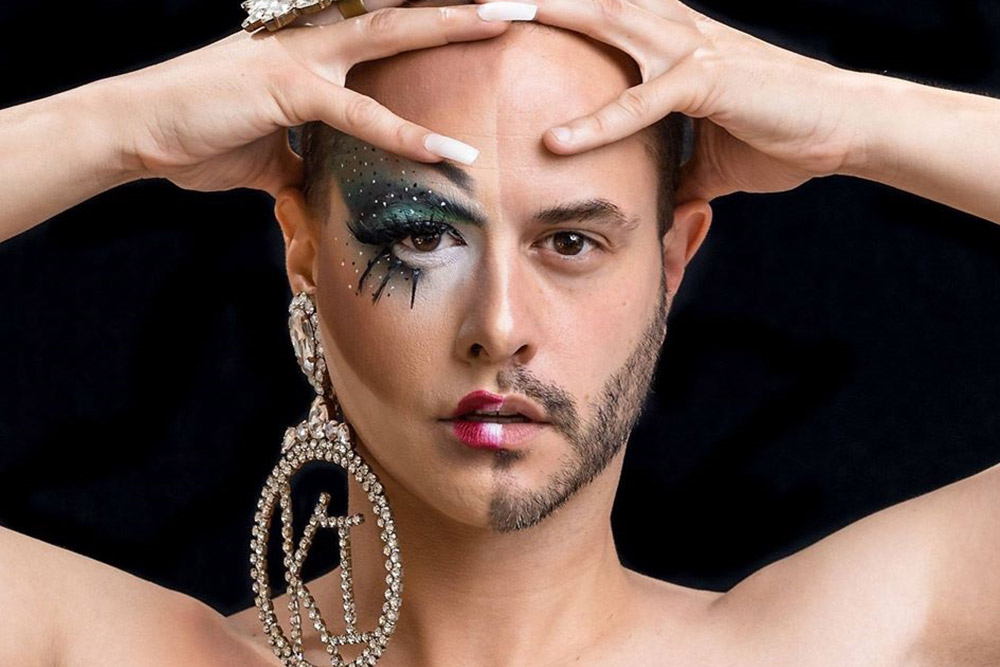How do we determine what represents a community?
By Patrick J. Dunn
Humanity is defined by our art – be it the sculptural ruins of ancient Egypt, the hand-crafted silks of Japan, the incredible collection of the Louvre, or the architectural marvels of Machu Picchu. Art comes from the soul of humanity. It is a place of joy when we are sad, a place of beauty when we are blinded by ugly, and a place to celebrate who we are as individuals, as a community, and as a culture.
One of the most beautiful aspects of art is how different it can be for different cultural identities. Paint is paint but can create an incredibly different result when used by a northern artist versus a southern artist, or by a Muslim artist versus a Buddhist artist. These differences create unique artistic perspectives that are indicative of the shared experience of a community. Because humanity is defined by our art, a community is thus also defined by its unique artistic perspective, whether that is the color choices, the styles, or the subject matter.
 This brings me to my question: What makes art uniquely “queer?”
This brings me to my question: What makes art uniquely “queer?”
When I try to answer this question for myself, I tend to spiral into a onslaught of additional questions: Is it queer because the subject is queer – i.e. does our art always have to tell stories of same-sex attraction or be defined by the gender identity of characters? Is art queer because the artist is queer – i.e. can a landscape of rolling waves of water be queer art when painted by a queer person? Is it queer art if a non-queer person creates it when the subject is queer? And when we look at a larger project like a film or a piece of theatre, how many queer folks need to work on it for it to be queer art? These questions go on, and on, and on in my head.
As a community, we are starved to see our stories put on canvas, in song, and featured in public spaces. Years (or even decades) will go by without a queer story appearing on a regional theatre’s stage or without making a splash on the walls of a prominent gallery. Or a queer composer’s work will be presented, but because their queerness is deemed “not important” to their work, it will be glossed over or completely unmentioned. Because of this starvation, we flock to any slightly queer-adjacent art that is created, which also means that we don’t always stop to ask the important question: Is this actually our community’s art?
When I approach creating events for the New Haven Pride Center’s arts and culture programming, this question of “what is our art?” taunts me. Every time I make a decision about an artist to feature in our gallery, a performer to put on one of our stages, or a musician to play at an event, I ask myself a series of questions in my head over and over. “Is the artist queer?,” “Is the subject matter queer?,” and “Does it tell the queer community’s story?” This matrix is not perfect by any means, but it is the closest I have been able to get to answering this question for myself. To quote a good friend of mine, drag artist Xiomarie LaBeija (yes, she’s from the House of LaBeija): “Representation matters” – and representing a queer narrative created by queer artists is how I have answered this question.
So again I ask you: What makes art uniquely “queer”?
Patrick Dunn is executive director at the New Haven Pride Center, which provides educational, cultural, and social enrichment for the LGBTQ community and its allies.








More Stories
Off-Broadway Review: Trophy Boys
Broadway Preview: Lewis Flinn’s Cabaret
Off-Broadway Revew: The Imaginary Invalid